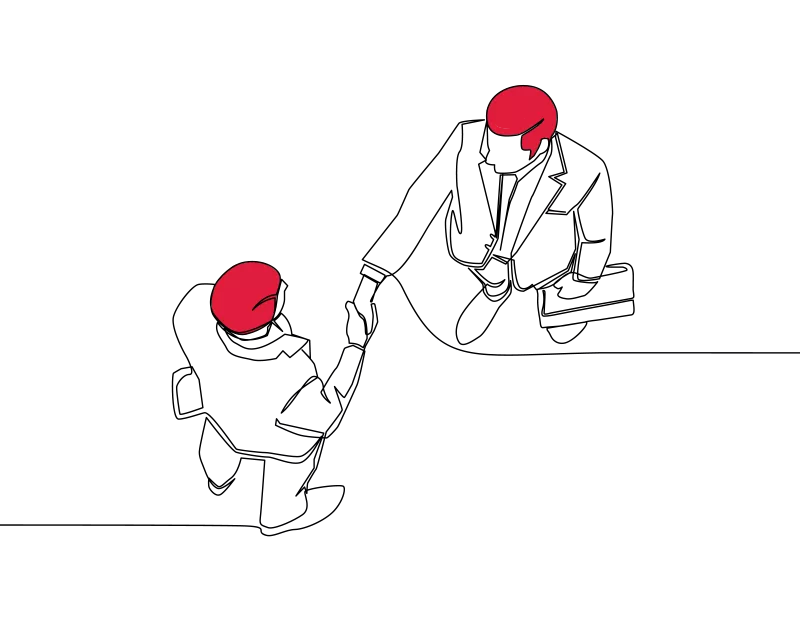In the early stages of any new invention it is important to decide how you will protect your product.
There are two main options available:
- apply to register a patent (provided that it is patentable); or
- maintain it as a trade secret.
The most suitable method will depend on the nature of both the product and the inventor’s business. Both methods have their advantages and disadvantages, some of which are explored below.
The Patent process
A patent is a way of registering and protecting an invention, giving the inventor legal rights over how a product is made and how it works. A UK patent is registered through the intellectual property office (IPO). The process includes an initial application, publication, and a substantive examination before the grant of a patent. For an invention to be patentable it must be new, have an inventive step (i.e. not be obvious to someone in that field), and have an industrial use. Please see our separate Quick Guide on the topic of Patents.
During the invention process, the inventor will likely need to disclose some aspects of the underlying ideas to colleagues or investors, however before disclosing any information, a risk assessment should be undertaken, as the right to a patent can be lost by disclosing too much information. Disclosing the competitive benefits and the broad idea is likely to be safe, but disclosing what makes an invention novel is higher risk.
Wherever appropriate, copyright notices should be utilised.
Why register a Patent?
As technology continues to develop, it is becoming easier for a competitor to find out the component parts of a product; this may be by chemical analysis, through the packaging regulations requirements for food products or by deconstructing a product.
Whilst the patent registration process carries the significant downside of making the details of an invention open to the public, once registered it can protect the inventor from reverse engineering, by facilitating an infringement action against any competitor who attempts to financially gain from the invention.
A registered patent gives the inventor exclusive proprietary rights to that invention. The value of any registered intellectual property can be used as security against financial investments. Before taking security, an investor will want to know that any intellectual property has been registered as unregistered IP doesn’t carry any proprietary rights and so a lender would not have any security for its loan/investment.
Registered IP rights can be licensed or assigned to others in the market in order to create revenue.








